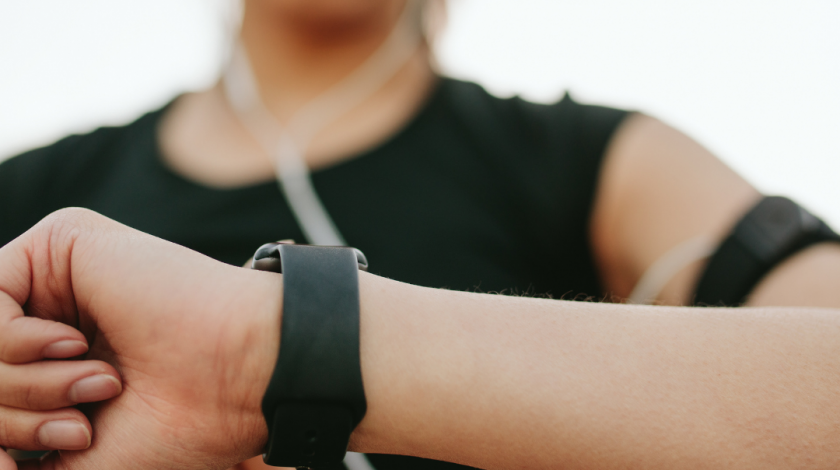Wearables have become so popular that many people are wearing them 24/7. Smartwatches and fitness bands are worn for entertainment, fitness, and general health. People are taking their health seriously enough to want to measure everything from heart rate to sleep quality. Concepts like wearable technologies and electronic health records (EHR) will be increasingly intertwined, as they can improve each other’s capabilities. That’s why it makes sense to view them as complementary technologies: they are designed to work together to improve health care. For example, EHR systems can create a searchable, longitudinal history of a patient’s health, and wearables can monitor vital signs and report them to the EHR. Thus, wearables offer a way to both collect and consolidate data, which can help reduce errors in EHRs and improve the quality of care. This post will examine the key benefits of wearable health technology and how it’s changing healthcare.
What is the use of wearables?
In the past few years, we’ve seen a huge uptick in the wearables launched by many companies in the market. For example, Google Pixel Watch, a wearable device that tracks your daily steps, allows patients to be more health-conscious. Weight loss, diabetes control, and physical activity are the most common reasons people use this device. If you’re interested, you can check out the full list of specs of the Google Pixel Watch here.
The wearables market is expected to grow in the coming years, and recent “smart wearables” have helped take the technology from niche to mainstream. Some wearables are worn on the wrist like a watch and make “bodily” data from the human body, discreetly communicating with our phones in the background. Others are a little more intrusive, sending alerts to our phones whenever certain conditions are met. Wearables, the gadgets that track your health, fitness, and fitness, only recently arrived on the scene, but people are already hooked. They can track your sleep, steps, heart rate, and calories and give you tips and recommendations.
Benefits of wearables for electronic records
Various types of wearables are being used in the industry today to help maintain health, from fitness bands to heart rate monitors and blood pressure monitors. But what are the real benefits of wearables? Wearables are becoming more prevalent in just about every aspect of modern life. And while there are plenty of benefits of wearables out there, it is hard to say if wearables are the best way to go.
The proliferation of wearables is a hot topic in the health and fitness world. Often touted as the next big thing for the health and wellness industry, wearables offer many fitness and health benefits for those who choose to use them. But, like anything else, there are benefits and drawbacks to wearing a fitness tracker or a smartwatch. There are plenty of wearables on the market today to help you monitor your health and fitness, from smartwatches to activity trackers to activity-based smart bands. The market for wearables for electronic health records (EHR) is not as large, but wearables can be useful for this purpose. Read on as we explore the main benefits of wearables for EHRs, how they compare with alternatives and the types of wearables that you can use to help your EHR.
Wearable technology, also called smart devices, has become increasingly popular in recent years. The number of uses is used to track health and fitness, monitor sleep and productivity, track spending, and more. This is because wearables provide unique features and improvements typically not seen in other types of technology. Wearables are also more convenient than their traditional counterpart, the mobile phone. Wearables are taking over. Even the most tech-savvy among us no longer can escape the urge to wear an electronic device on our wrists, or at least on our waist.
Wearables today are no longer just a tool for fitness trackers, health trackers, and activity trackers. They are also being used to help us with our electronic records. No matter what type of wearable you are looking for, be it fitness, medical, or just for fun – there is a vast array of options that remain consistent among all of these devices. Some options suit your needs, whether you are looking for a lightweight screen or a more rugged device for outdoor use.


